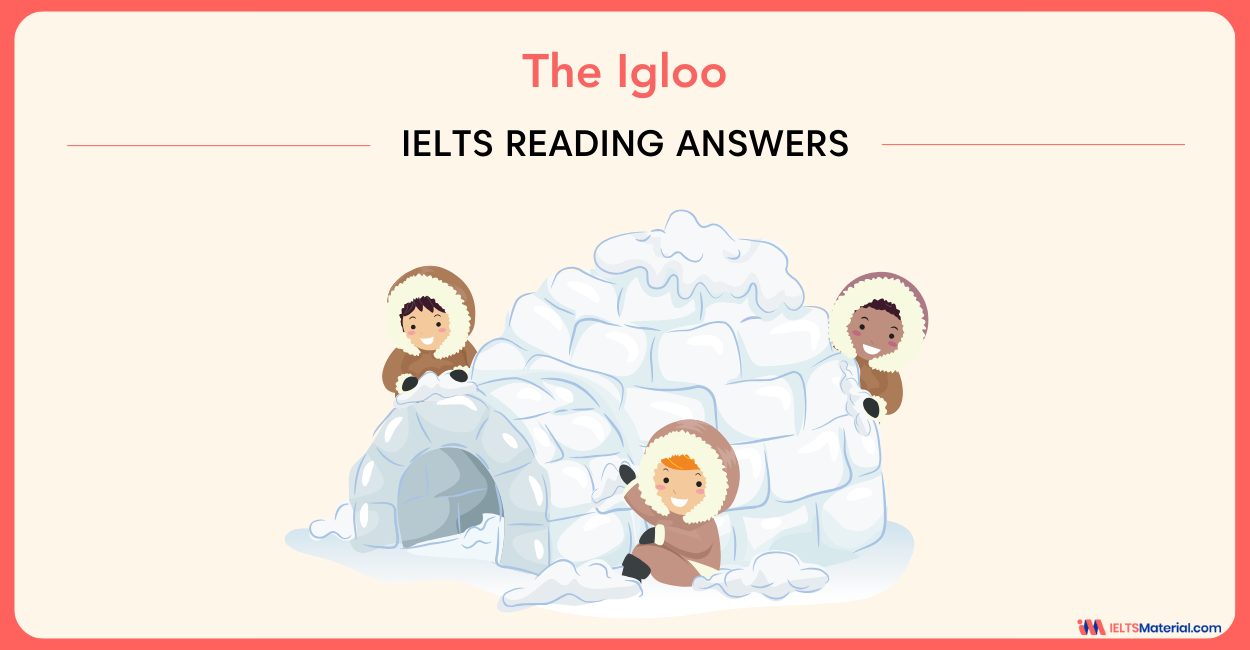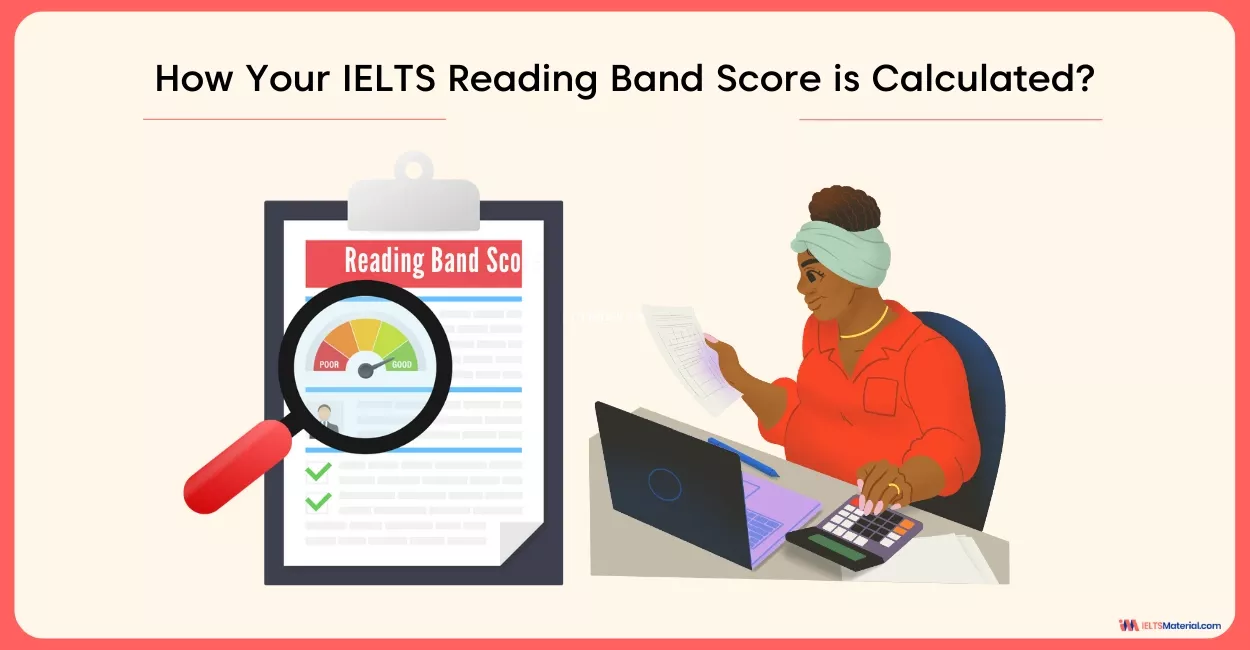Classifying Societies IELTS Reading Answers
Confused by the Classifying Societies IELTS Reading passage? Find answers, key insights, and expert tips to improve your score!
Table of Contents

5 Most Recent IELTS Reading Practice Tests
The IELTS Academic Reading passage, Classifying Societies, is a real reading test passage that appeared in the IELTS. With diligent practice, the Reading Module can be the top-scoring category for IELTS aspirants. To score well, you must understand how to approach and answer the different question types in the Reading Module. By solving and reviewing sample reading questions from past IELTS papers, you can ensure that your Reading skills are up to the mark. So, take the practice test Classifying Societies below and try more IELTS reading practice tests.
The question types found in Classifying Societies Reading Answers are:
- IELTS Reading True False Not Given [Q.1 – Q.7]
- IELTS Reading Short Answer Questions [Q.8 – Q.13]
Answer questions 1-13 based on the given passage. You must not take more than 20 minutes to attempt the passage, Classifying Societies IELTS Reading Answers. For more True/False/Not Given Questions practice, take a look at IELTS Reading – True, False, Not Given – Example 1!
Classifying Societies
You should spend about 20 minutes on Questions 1-13, which are based on the Reading Passage below.
Although humans have established many types of societies throughout history, sociologists and anthropologists tend to classify different societies according to the degree to which different groups within a society have unequal access to advantages such as resources, prestige or power, and usually refer to four basic types of societies. From least to most socially Complex they are clans, tribes, chiefdoms and states.
Clan
These are small-scale societies of hunters and gatherers, generally of fewer than 100 people, who move seasonally to exploit wild (undomesticated) food resources. Most surviving hunter-gatherer groups are of this kind, such as the Hadza of Tanzania or the San of southern Africa. Clan members are generally kinsfolk, related by descent or marriage. Clans lack formal leaders, so there are no marked economic differences or disparities in status among their members.
Because clans are composed of mobile groups of hunter-gatherers, their sites consist mainly of seasonally occupied camps, and other smaller and more specialised sites. Among the latter are kill or butchery sites—locations where large mammals are killed and sometimes butchered — and work sites, where tools are made or other specific activities carried out. The base camp of such a group may give evidence of rather insubstantial dwellings or temporary shelters, along with the debris of residential occupation.
Tribe
These are generally larger than mobile hunter-gatherer groups, but rarely number more than a few thousand, and their diet or subsistence is based largely on cultivated plants and domesticated animals. Typically, they are settled farmers, but they may be nomadic with a very different, mobile economy based on the intensive exploitation of livestock. These are generally multi-community societies, with the individual communities integrated into the larger society through kinship ties. Although some tribes have officials and even a “capital” or seat of government, such officials lack the economic base necessary for effective use of power.
The typical settlement pattern for tribes is one of settled agricultural homesteads or villages. Characteristically, no one settlement dominates any of the others in the region. Instead, the archaeologist finds evidence for isolated, permanently occupied houses or for permanent villages. Such villages may be made up of a collection of free-standing houses, like those of the first farms of the Danube valley in Europe. Or they may be clusters of buildings grouped together, for example, the pueblos of the American Southwest, and the early farming village or small town of Ҫatalhöyük in modern Turkey.
Chiefdom
These operate on the principle of ranking—differences in social status between people. Different lineages (a lineage is a group claiming descent from a common ancestor) are graded on a scale of prestige, and the senior lineage, and hence the society as a whole, is governed by a chief. Prestige and rank are determined by how closely related one is to the chief, and there is no true stratification into classes. The role of the chief is crucial.
Often, there is local specialisation in craft products, and surpluses of these and of foodstuffs are periodically paid as obligation to the chief. He uses these to maintain his retainers, and may use them for redistribution to his subjects. The chiefdom generally has a center of power, often with temples, residences of the chief and his retainers, and craft specialists. Chiefdoms vary greatly in size, but the range is generally between about 5000 and 20,000 persons.
Early State
These preserve many of the features of chiefdoms, but the ruler (perhaps a king or sometimes a queen) has explicit authority to establish laws and also to enforce them by the use of a standing army. Society no longer depends totally upon kin relationships: it is now stratified into different classes. Agricultural workers and the poorer urban dwellers form the lowest classes, with the craft specialists above, and the priests and kinsfolk of the ruler higher still. The functions of the ruler are often separated from those of the priest: palace is distinguished from temple. The society is viewed as a territory owned by the ruling lineage and populated by tenants who have an obligation to pay taxes. The central capital houses a bureaucratic administration of officials; one of their principal purposes is to collect revenue (often in the form of taxes and tolls) and distribute it to government, army and craft specialists. Many early states developed complex redistribution systems to support these essential services.
This rather simple social typology, set out by Elman Service and elaborated by William Sanders and Joseph Marino, can be criticised, and it should not be used unthinkingly. Nevertheless, if we are seeking to talk about early societies, we must use words and hence concepts to do so. Service’s categories provide a good framework to help organise our thoughts.
Classifying Societies IELTS Reading Answers With Explanation
To have a well-rounded preparation and achieve a better IELTS band score, you need to find out the areas you need to improve after solving the reading passage. Therefore, check the answers of Classifying Societies Reading Answers given below along with the location and explanation for each answer.
1 Answer: TRUE
Question Type: True/False/Not Given Questions
Answer location: Paragraph Clan, line 4
Answer explanation: As per paragraph Clan, ‘clans lack formal leaders, so there are no marked economic differences or disparities in status among their members.’ Since there is no marked economic difference in clan members, that means the economic difference between clan and tribe leader is little.
2 Answer: NOT GIVEN
Question Type: True/False/Not Given Questions
Answer location: Paragraph Tribe, line 1
Answer explanation: Paragraph Tribe suggests that ‘the diet or subsistence is based largely on cultivated plants and domesticated animals.’ So the diet of the tribe is based on cultivated plants and animals. However, it is not mentioned who cultivates it. As nothing is mentioned in passages that support this information, the correct answer is ‘NOT GIVEN.’
3 Answer: FALSE
Question Type: True/False/Not Given Questions
Answer location: Paragraph Tribe, line 6
Answer explanation: A line in the said paragraph conveys that ‘characteristically, no one settlement dominates any of the others in the region.’ As no single settlement rules over the other (dominates), no one settlement is more important than the other.
4 Answer: FALSE
Question Type: True/False/Not Given Questions
Answer location: Paragraph Chiefdom, line 1
Answer explanation: There’s a line that claims ‘these operate on the principle of ranking—differences in social status between people. Different lineages are graded on a scale of prestige, and the senior lineage, and hence the society as a whole, is governed by a chief.’ Therefore, the power of the chiefdom is determined by examining the lineage he comes from and not from the land he owns.
5 Answer: TRUE
Question Type: True/False/Not Given Questions
Answer location: Paragraph Chiefdom, line 5
Answer explanation: A line in the said paragraph indicates that ‘often, there is local specialisation in craft products, and surplus of these of foodstuffs are periodically paid as obligation to the chief.’ Since people specialise in craft products, it implies that there are people in chiefdom who craft goods.
6 Answer: TRUE
Question Type: True/False/Not Given Questions
Answer location: Paragraph Early, line 1
Answer explanation: Few lines of the paragraph Early state claims that ‘these preserve many of the features of chiefdoms, but the ruler(perhaps a king or queen) has explicit authority to establish laws and also to enforce them by the use of a stand-ing army.’ This line implies the ruler establishes the law by enforcing it through a standing army. Hence, it means that the king keeps the order of a state by using an army.
7 Answer: NOT GIVEN
Question Type: True/False/Not Given Questions
Answer location: Paragraph Early, line 6
Answer explanation: As per paragraph Early state, ‘the central capital houses a bureaucratic administration of officials; one of their principal purposes is to collect revenue.’ However, the passages do not explicitly mention bureaucrat salaries being higher than others.
8 Answer: tools
Question Type: Short Answer Questions
Answer location: Paragraph Clan, 2nd last line
Answer explanation: According to paragraph Clan, ‘work sites, where tools are made or other specific activities carried out.’ This line suggests that tools are made at Clan work sites.
9 Answer: nomadic
Question Type: Short Answer Questions
Answer location: Paragraph Tribe, line 2
Answer explanation: Paragraph Tribe conveys that, ‘typically, they are settled farmers, but they may be nomadic.’ The phrase ‘may be nomadic’ confirms that the other way of life for tribes besides settled farming is nomadic.
10 Answer: grouped together
Question Type: Short Answer Questions
Answer location: Paragraph Tribe, last line
Answer explanation: Paragraph Tribe mentions that ‘maybe clusters of buildings grouped together.’ Since buildings can be housing units, therefore, this line confirms that these units are grouped together.
11 Answer: foodstuffs
Question Type: Short Answer Questions
Answer location: Paragraph Chiefdom, line 4
Answer explanation: Paragraph Chiefdom discusses the idea that ‘foodstuffs are periodically paid as an obligation to the chief. He uses these to maintain his retainers and may use them for redistribution to his subjects’ The above line conveys that subjects pay foodstuffs to their chief, which the chief later rewards and distributes amongst his subjects.
12 Answer: foodstuffs
Question Type: Short Answer Questions
Answer location: Paragraph Chiefdom, last line
Answer explanation: If you read thoroughly, a line in the passage specifies that ‘chiefdoms vary greatly in size, but the range is generally between 5000 and 20,000 persons.’ As the range ends at 20,000 persons, it implies that the possible population of the chiefdom is 20,000.
13 Answer: Craft specialists
Question Type: Short Answer Questions
Answer location: Paragraph Early, line 3
Answer explanation: In the said paragraph, refer that ‘agricultural workers and the poorer urban dwellers form the lowest classes, with the craft specialists above.’ The term ‘lowest classes, with the craft specialists above’ confirms that its craft specialists are at the bottom of the early state but higher than farmers.
Want to practice more Academic Passages? Grab the newly launched IELTS Academic Reading Workbook today to level up your preparation!
Tips for Classifying Societies IELTS Reading Answers - True False Not Given
- Focus on Keywords – Identify important words in the statement and find their synonyms in the passage.
- Check for Paraphrasing – The information in the passage may be reworded but should match the meaning exactly for "True."
- Look for Contradictions – If the passage directly opposes the statement, it's "False."
- Avoid Assumptions – If the passage doesn’t mention the information, even partially, choose "Not Given."
- Be Cautious with Qualifiers – Words like always, never, only, and some can change the meaning, so read carefully.
Want to improve your IELTS Academic Reading score? Enroll for our IELTS Online Classes Today!
Tips for Classifying Societies IELTS Reading Answers - Short Answer Questions
- Stick to the Word Limit – If the instruction says "NO MORE THAN TWO WORDS," exceeding it will make your answer incorrect.
- Scan for Specific Information – Focus on wh- words (who, what, when, where, why, how) in the question to locate answers quickly.
- Use Words from the Passage – Don’t paraphrase; write the answer exactly as it appears in the text.
- Check for Number and Unit Accuracy – If the answer involves numbers, include the correct unit (e.g., "5 kg" instead of just "5").
- Be Grammatically Correct – Ensure the answer fits naturally into the question’s structure.
In the Classifying Societies IELTS Reading passage, understanding how societies are categorized helps in answering questions accurately. By identifying key terms, recognizing paraphrased information, and applying effective reading strategies, you can improve your score. Focus on scanning for relevant details and avoiding assumptions to ensure precise answers.
Check More IELTS Reading Answers
Also check:
Practice IELTS Reading based on question types

Free online IELTS General Training Reading practice Tests
Explore other Reading Topics

Kasturika Samanta

Kasturika Samanta

Kasturika Samanta

Kasturika Samanta
Recent Articles

Nehasri Ravishenbagam

Haniya Yashfeen

Haniya Yashfeen

Haniya Yashfeen




Post your Comments